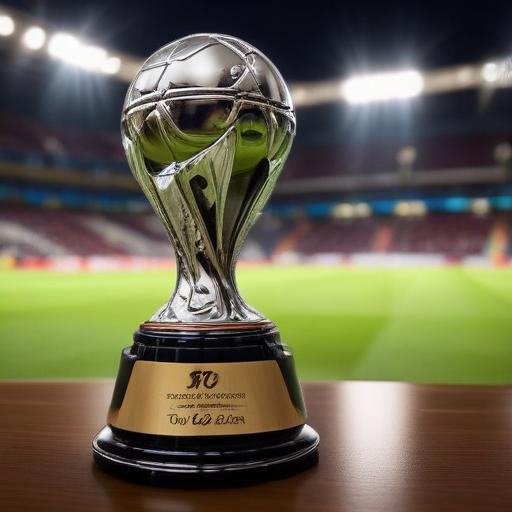The United States is set to make history as the inaugural host of the 2025 FIFA Club World Cup, scheduled from June 14 to July 13. This tournament marks a significant expansion, featuring 32 teams for the first time, competing in a format reminiscent of the World Cup from 1998 to 2022, consisting of eight groups of four teams each.
Among the teams participating are twelve European giants including Real Madrid, Manchester City, and Paris Saint-Germain, alongside ten teams from the Americas—fans can look forward to seeing heavyweights like Boca Juniors and Lionel Messi’s Inter Miami. The tournament will also showcase teams from Asia, Africa, and Oceania.
FIFA anticipates a significant financial impact from this ambitious event, projecting a total GDP contribution of approximately $21.1 billion, with $9.6 billion expected in the United States alone. The organizing body has established a total prize pool of $1 billion for the tournament, further enriching the participating clubs, especially those from less wealthy leagues.
Despite this optimism, there are concerns regarding ticket sales and attendance. Days before the tournament’s beginning, Ticketmaster reported significant availability across all matches, with some prices noticeably dropping. For example, ticket prices for the much-anticipated opening match between Inter Miami and Al Ahly were around $69. This trend raises questions about demand and suggests that initial pricing may have deterred potential attendees.
Moreover, the tournament’s format, which allows only a representation of specific clubs rather than entire countries, may limit attendance. Fans whose teams may not historically draw large followings could face financial obstacles to attending the matches.
Latin American teams see this tournament as an opportunity for glory, although they face formidable challenges against European clubs due to significant disparity in squad valuations. Clubs like Real Madrid, valued at $1.5 billion, dwarf the likes of Brazil’s Palmeiras at $288 million, shaping the competitive landscape of the event.
Player fatigue is another factor to consider as club schedules have become increasingly packed. High-profile players are encountering heavy demands from multiple competitions, leading them to call for a reassessment of the match calendar.
FIFA’s current qualification system has also prompted scrutiny, with notable clubs like Liverpool and FC Barcelona being absent despite their status as current high-performing teams. This signals a potential for the structure of future tournaments to evolve and become more representative of the best teams globally.
Despite these hurdles, FIFA’s undertaking is a landmark initiative with the potential to transform the stature of club soccer. As the tournament progresses, it’s expected to generate excitement and debate among fans as they assess which teams will emerge as the world’s best. The stage is set for an exciting showcase of soccer talent, promising moments of drama and achievement that can elevate the sport’s profile worldwide.
